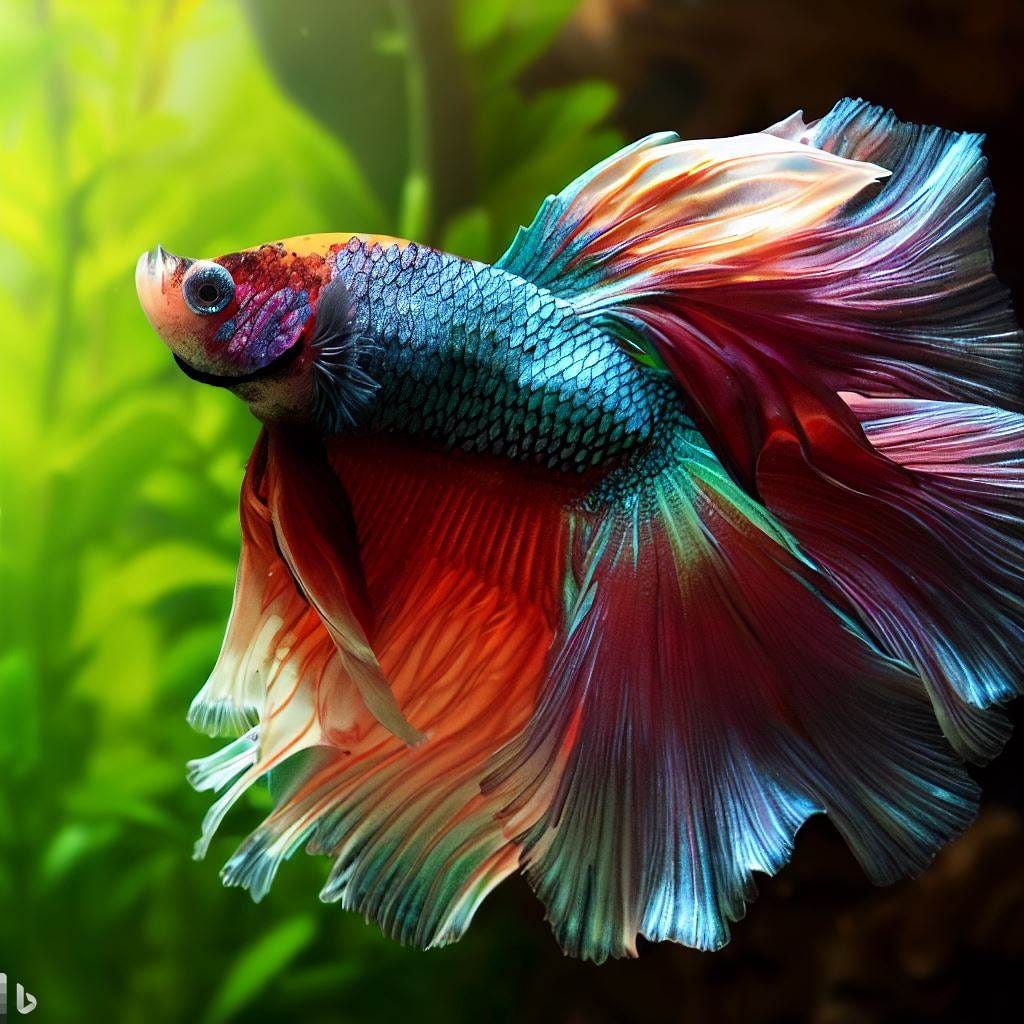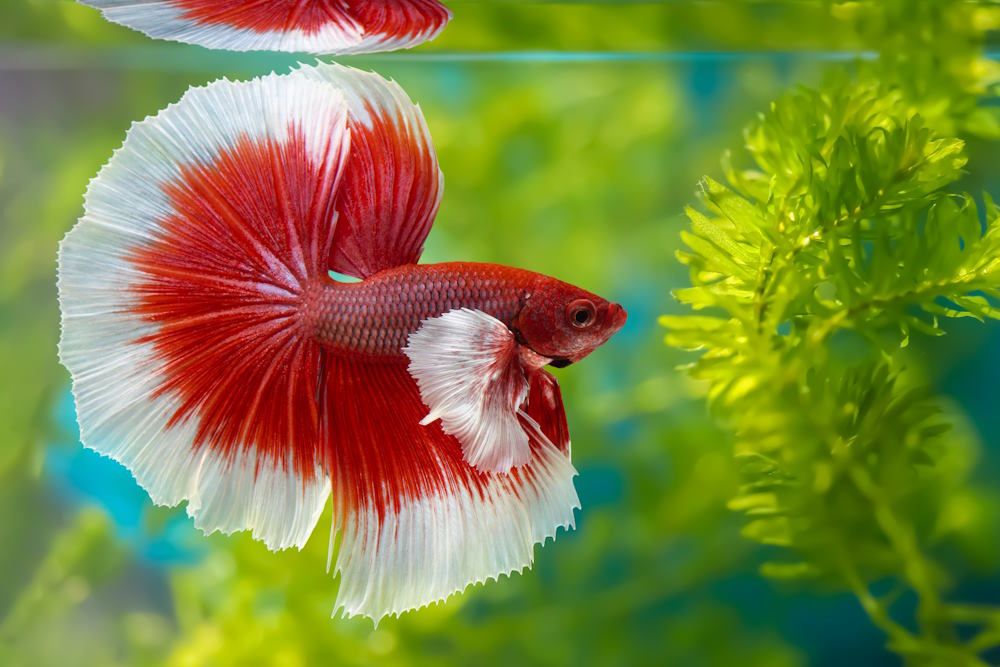Typical Betta Fish Diseases and How to avoid Them
Typical Betta Fish Diseases and How to avoid Them
Blog Article
Exactly How to Breed Betta Fish Effectively: Professional Techniques and Insights for Hobbyists Seeking To Broaden Their Betta Collection
Breeding Betta fish needs a nuanced understanding of genes and environmental conditions, making it important for enthusiasts to come close to the process with both persistance and care. Developing an optimal reproduction environment, picking the ideal pairs, and observing the details of their courtship actions are foundational steps that can substantially impact the outcome. The succeeding care of the fry is important for ensuring their healthy and balanced development. As we check out these vital elements, it ends up being clear that effective reproduction is not almost the first pairing however includes a wider technique that benefits careful factor to consider.
Understanding Betta Fish Genetics
Comprehending the genes of Betta fish is important for successful reproduction, as it affects attributes such as shade, fin form, and actions. Betta fish show a varied selection of shades and patterns, largely established by their genetic make-up. The main genetics responsible for coloration include the "B" gene for blue, "D" genetics for red, and the "C" genetics for color intensity. Breeders can control these characteristics by selecting certain parent fish that show preferred characteristics.
In addition to pigmentation, fin morphology is one more considerable aspect of Betta genes (betta fish). The sizes and shape of fins are affected by numerous genetics, consisting of those that establish whether the fins are short, long, or veil-shaped. Recognizing these genetic variants assists dog breeders forecast the phenotypic outcomes of their offspring
Furthermore, behavior traits such as aggression and territoriality can additionally be influenced by genes. These habits play a crucial function in the reproducing procedure, as they can affect generating success and the total character of the resulting fry. By adequately understanding these genetic principles, dog breeders can make informed decisions, inevitably boosting their reproduction programs and achieving preferable outcomes.
Preparing the Reproduction Environment
Developing an ideal reproduction setting is vital for the successful reproduction of Betta fish. The primary step in preparing this environment is to pick an ideal breeding storage tank, preferably ranging from 5 to 10 gallons. This dimension permits adequate swimming area and the establishment of areas. The container should be furnished with a heating unit to maintain a secure temperature level in between 78 ° F and 80 ° F, which is important for urging spawning habits.
Following, consider using a sponge filter or an air stone to supply gentle water circulation without developing solid currents that can emphasize the fish. It is vital to install plants or reproducing cones to use concealing places and promote convenience for the lady throughout the spawning procedure. Drifting plants, such as Java moss or water sprite, can also develop an extra natural atmosphere while facilitating bubble nest building by the male.
Prior to presenting the breeding pairs, make sure the water is conditioned and cost-free from damaging chemicals, such as chlorine or heavy metals. betta fish. Normal water adjustments should be conducted to maintain ideal water quality, enhancing the possibilities of effective breeding. With these preparations in position, the breeding atmosphere will sustain the wellness and health of both Betta fish
Choosing Breeding Pairs
Selecting the best reproduction pairs is vital for achieving successful Betta fish recreation. Healthy and balanced Betta fish exhibit vibrant shades, clear find eyes, and energetic habits.
Personality is an additional vital factor to consider, as Betta fish are recognized for their hostile nature. It is a good idea to choose a male and lady that display compatible characters to reduce stress throughout the breeding procedure. A tranquil man can motivate a smoother courtship, while a lady that is as well hostile might disrupt the procedure.
Genetic background also plays a significant function in the top quality of the children. Breeding fish that are genetically varied can decrease the risk of genetic health concerns and enhance the total vitality of the fry. It is advantageous to look into the lineage of both the male and woman, concentrating on preferable qualities such as fin type, color scheme, and size.
The Reproduction Process
The reproduction process of Betta fish calls for mindful planning and attention to information to make certain an effective outcome. Initially, it is important to prepare a suitable reproduction container, preferably a 5-10 gallon fish tank with a temperature preserved at 78-80 ° F. The tank needs to be equipped with a heating system, filter (preferably sponge type to stay clear of strong currents), and lots of water plants for the woman to conceal.
Once the setting is set, introduce the selected breeding set to the storage tank, enabling them to accustom. Observe their habits; the man will show elaborate courtship routines, consisting of flaring his fins and building a bubble nest. If the lady reveals passion, she will show vertical stripes showing preparedness for spawning.
When the lady is receptive, the pair will certainly engage in a mating embrace, throughout which the male feeds the eggs. Maintaining optimum water problems during this period is important for the advancement of healthy Betta fry.
Taking Care Of Betta Fry

Feeding Betta fry is critical, as they need a diet high in healthy protein. They can be fed infusoria or liquid fry food, transitioning to carefully crushed high-grade pellets as they grow. Feed little sections several times a day go to this website to motivate healthy growth without straining the tank with uneaten food.

As they mature, monitor their development very closely and divide any type of hostile individuals to avoid damage. By providing a nurturing atmosphere and correct nutrition, hobbyists can effectively elevate Betta fry right into vibrant, healthy fish, inevitably improving their reproduction endeavors.
Conclusion
Successful Betta fish reproduction requires thorough interest to hereditary choice, environmental problems, and take care of the fry. By comprehending the genetics of Betta fish and preparing a suitable reproduction atmosphere, hobbyists can boost the chances of creating dynamic, healthy and balanced spawn. Choosing suitable breeding top article pairs and carefully keeping track of the courtship and spawning processes are important. Lastly, offering ideal take care of the fry ensures their healthy and balanced development, adding to a growing Betta collection.
Report this page